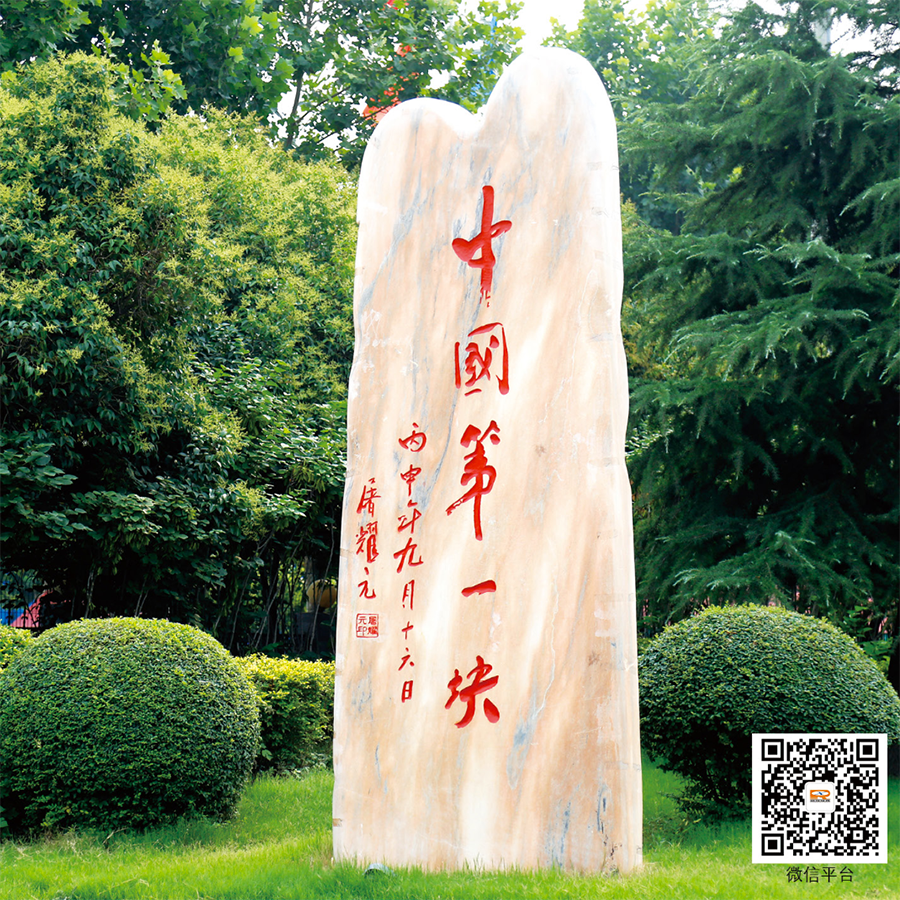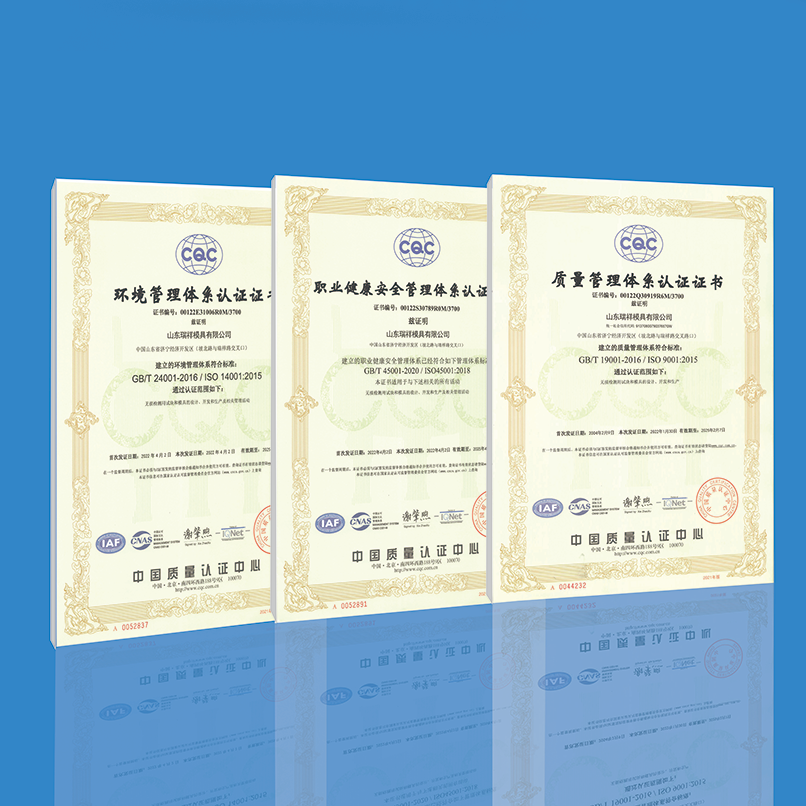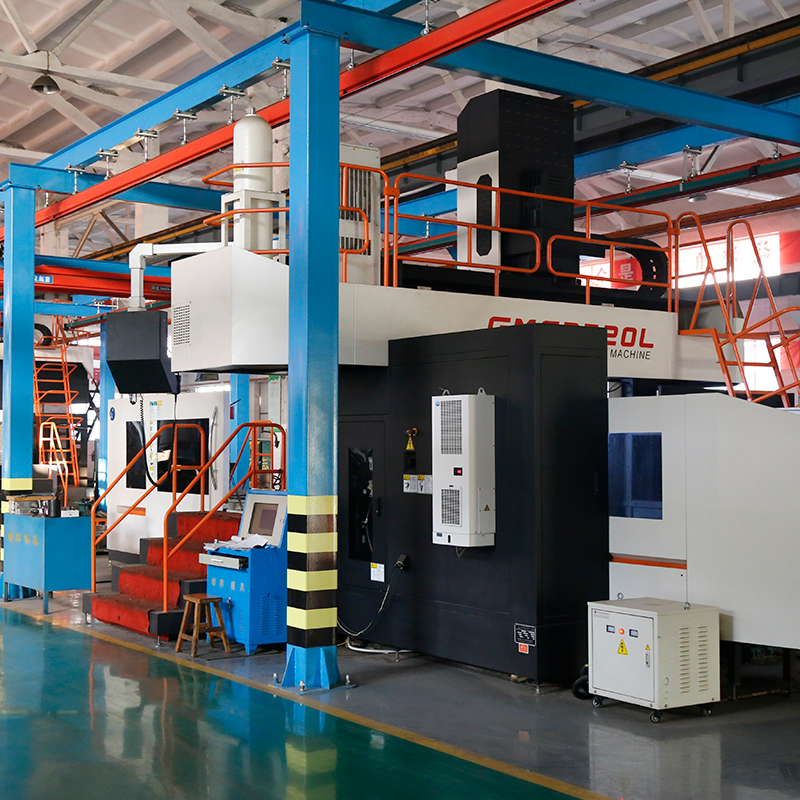TOFD Detection technique
The origin of TOFD
TOFD, the English abbreviation Of Time Of Flight Diffraction, is a non-destructive testing method which uses the time difference of ultrasonic diffraction to detect. The principle is different from the common pulse echo ultrasonic detection methods: (1) the defect diffraction wave has nothing to do with the defect Angle; The quantitative error of defect location has nothing to do with the amplitude of wave. It has excellent performance, low cost, simple process and safe environment, and has great development prospects. It has been confirmed as a defect evaluation and detection method for special equipment in China.
Principle of TOFD detection
The ultrasonic TOFD method uses a pair of longitudinal wave probes with the same frequency, size and Angle for flaw detection. One is used as the transmitting probe, the other as the receiving probe, the two probes are relative on both sides of the weld and the probe center is in the same straight line, the transmitting probe transmits the transverse longitudinal wave, and the receiving probe in the non-defect part first receives the through wave, which propagates between the two probes at the speed of the longitudinal wave, and then receives the reflected echo (back wave).
If there is a crack defect in the workpiece, in addition to ordinary reflected waves at both ends of the defect, diffraction waves will be generated respectively at the upper and lower ends of the defect, and the diffraction energy is derived from the end of the defect.
These two diffraction signals appear between the straight wave and the reflected wave on the bottom surface. The signal of the two ends of the defect will be distinguishable in time, and the magnitude of the defect height can be determined according to the time difference of the diffraction wave signal propagation.
The difference between ultrasonic detection and conventional pulser
The TOFD detection principle has two important differences compared with the conventional pulser ultrasonic detection method:
(1) The trap diffraction signal has no relation to the defect Angle;
The error of positioning and quantification has nothing to do with the amplitude of signal.
This is why TOFD technology has developed rapidly
Detection of crack defects in thin-wall surfacing layer by TOFD
The defects of the surfacing layer usually include:
(1) Surface defects include cracks, pores and slag inclusion;
② The defects in the surfacing layer are generally slag inclusion and non-fusion;
③ The surfacing layer is not combined with the base material;
(4) the reheat cracks (lines) in the heat affected zone of the base material under the surfacing layer tend to be basically perpendicular to the surface of the base material; When the thickness δ < 5mm surfacing layer, the sensitivity is very low.
Computer application in TOFD detection
TOFD detection system is based on windows XP as the development platform and LabVIEW as the basis to complete the secondary development of ultrasound. The acquisition card is combined with personal PC to complete the work of detection signal acquisition, storage and image display. Nowadays, the new crack detection technology ----TOFD ultrasonic detection technology has a more obvious effect on the detection of crack defects in welding, which is incomparable with other detection methods.
Crack height calculation
The height of the crack is usually detected by measuring the propagation time difference △t between the straight wave propagating along the surface of the workpiece and the diffraction wave generated at the end of the defect. As long as the longitudinal wave sound velocity V of the workpiece is known and the spacing between the two probes is 2S, the depth of the upper and lower ends of the defect can be obtained from the following formula:
d=1/2[△t2 v2+4△tvs]1/2
Where: v -- longitudinal wave sound velocity
△t -- the propagation time difference between the straight wave and the diffraction wave;
s -- 1/2 probe spacing.
The height of the defect in the plate thickness direction can be obtained from the buried depth of the upper and lower ends of the defect: H= d1-d2
Where: H -- crack height;
d1 -- the distance between the upper end of the crack and the upper surface;
d2 -- the distance between the lower end of the crack and the upper surface;
Preparation of simulated test blocks
The artificial linear cracks of different sizes were fabricated by EDM and wire-cutting to simulate the reheat crack defects under the base material. The base material of the test block is ordinary carbon steel, the surfacing layer is alloy steel, the size is 270mm×30mm×40mm, and eight artificial cracks with different heights and widths of 0.2mm are processed on the side of the test block surfacing layer at equal spacing.

TOFD原理示意圖

TOFD圖像









